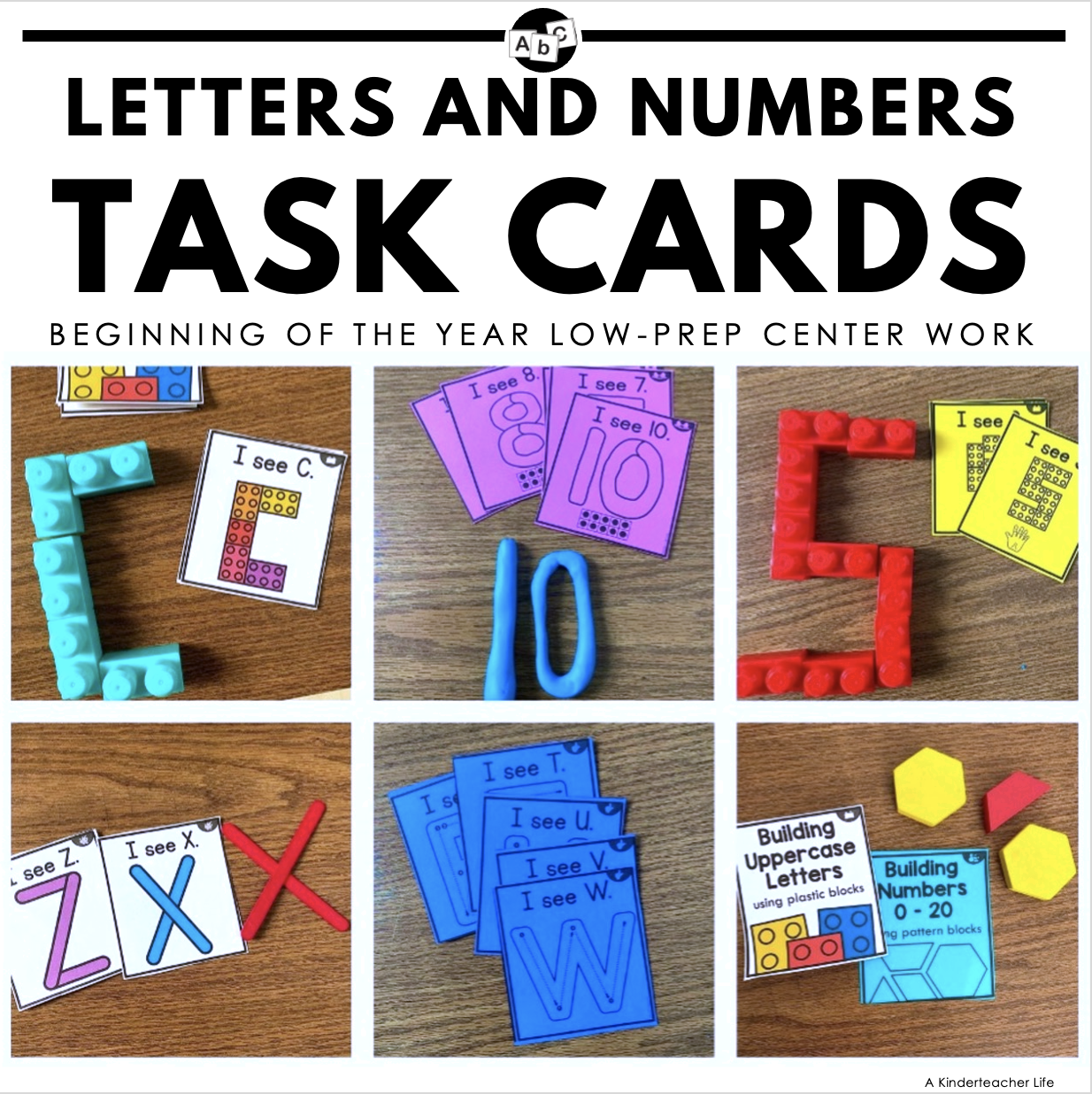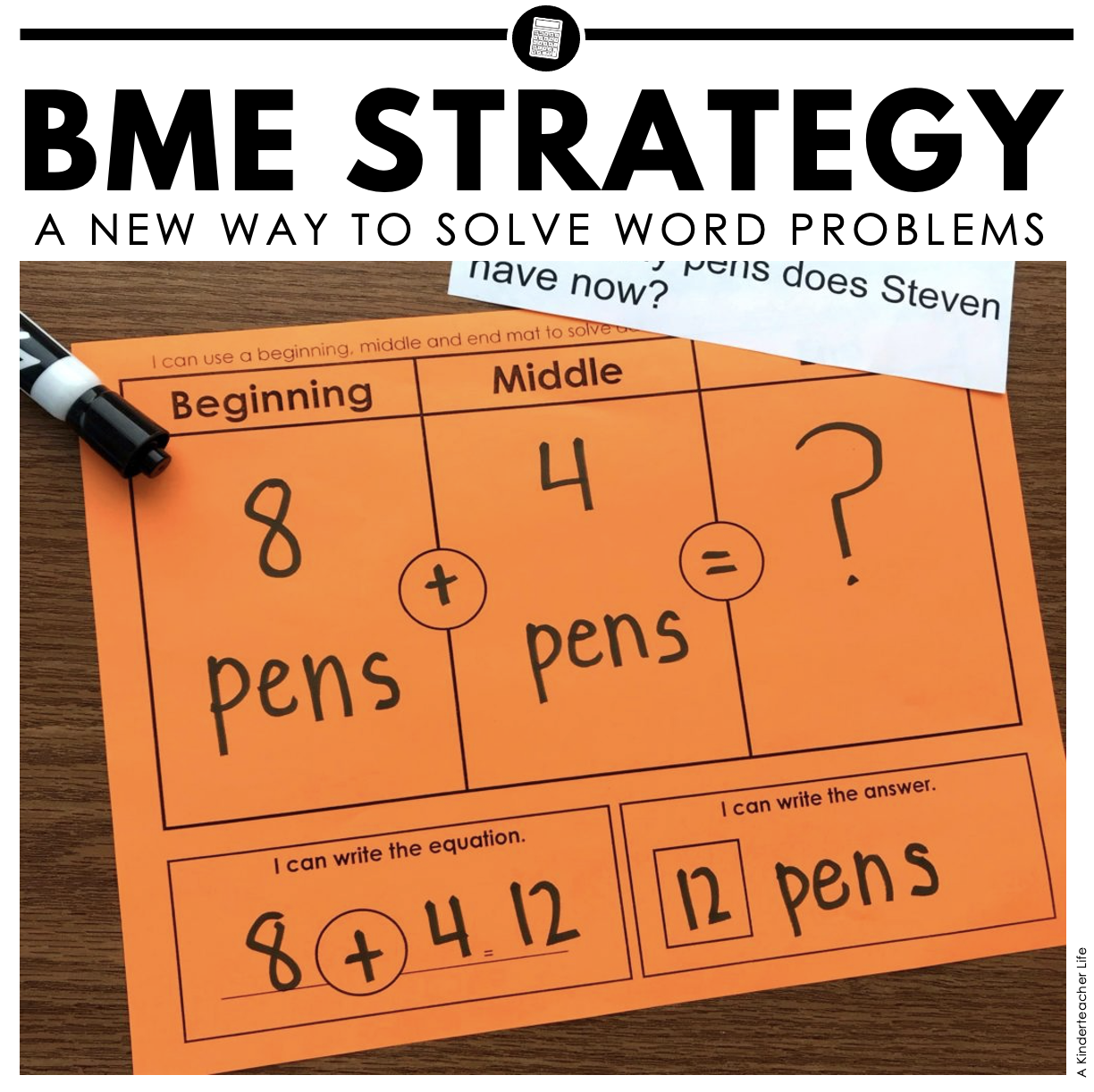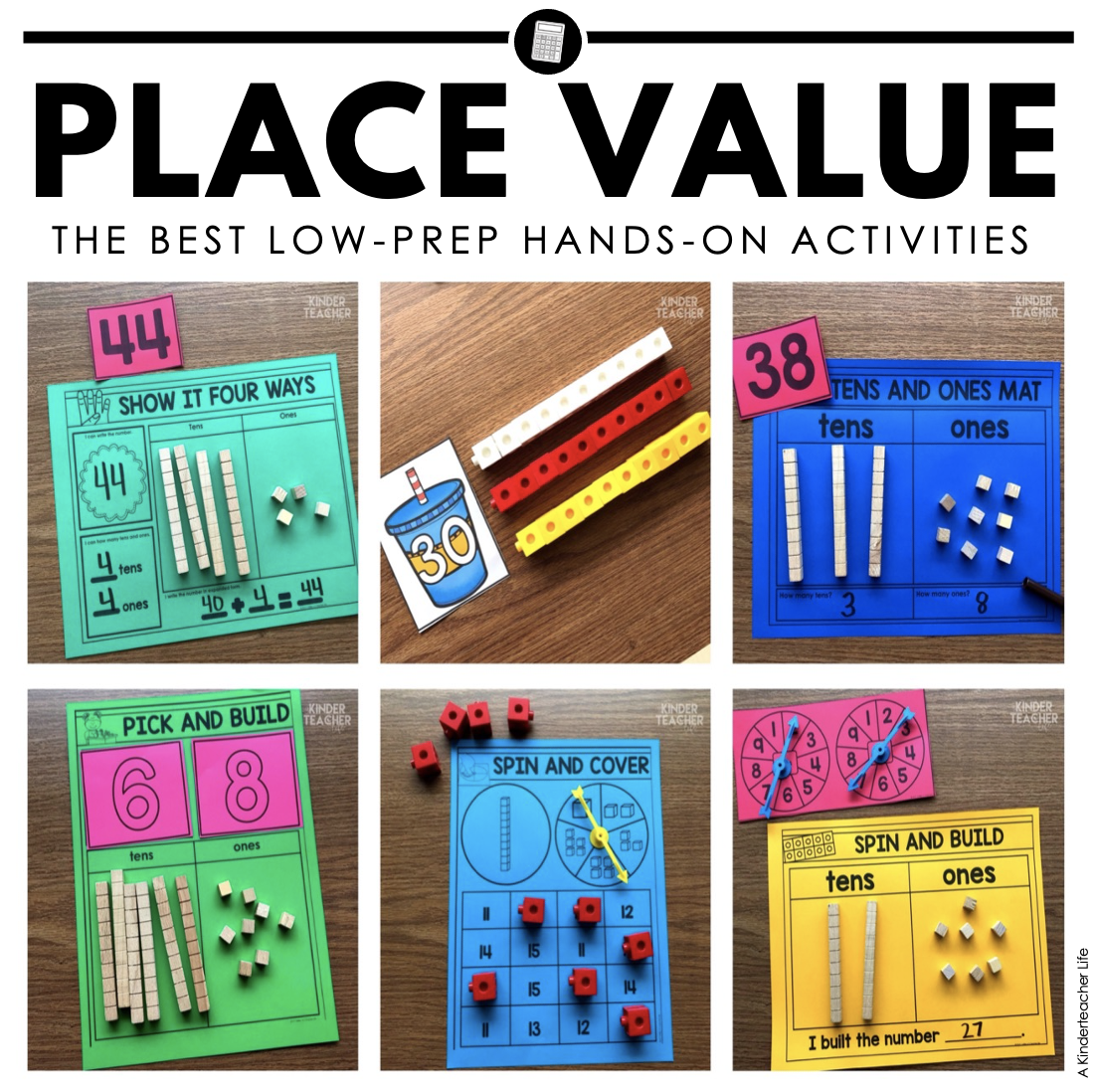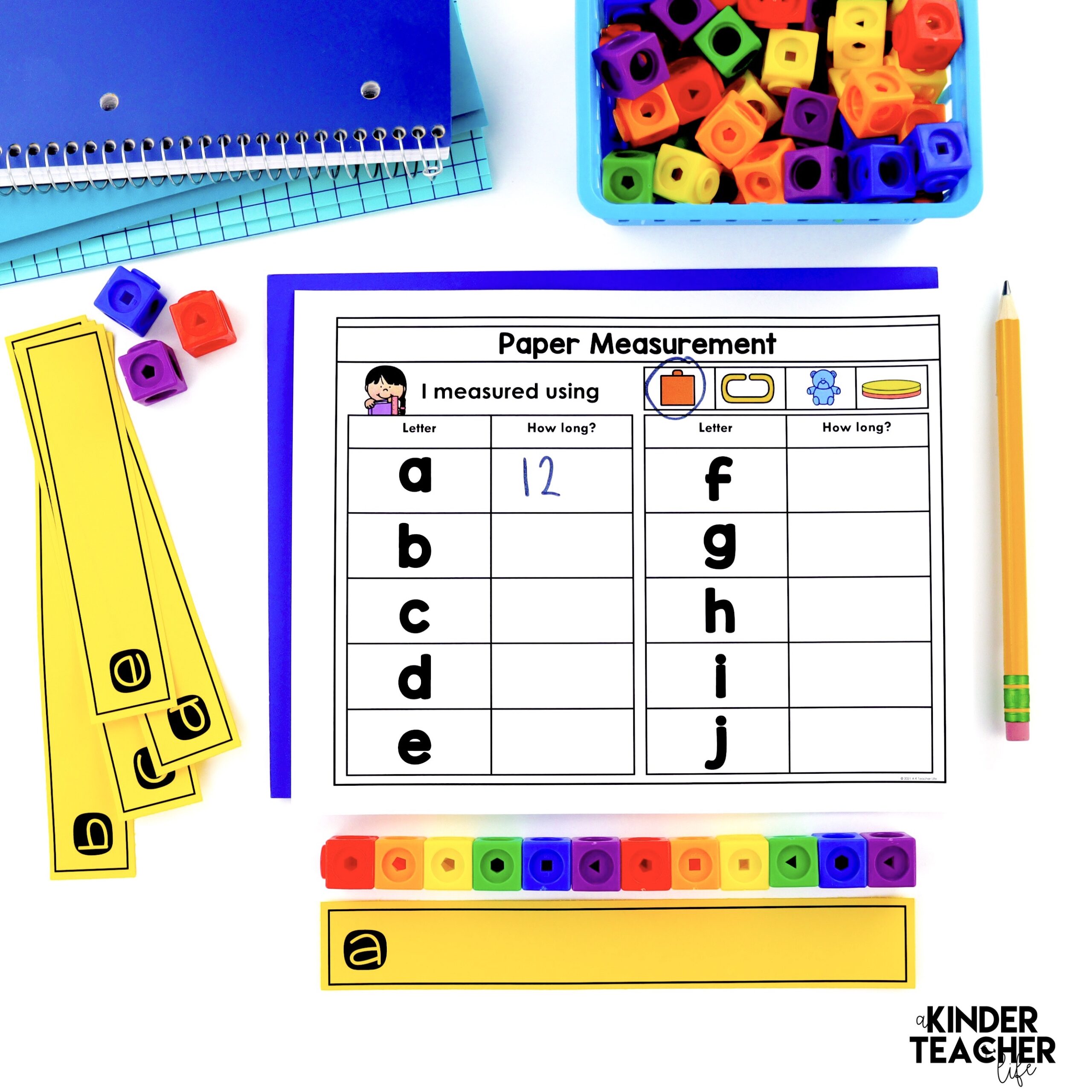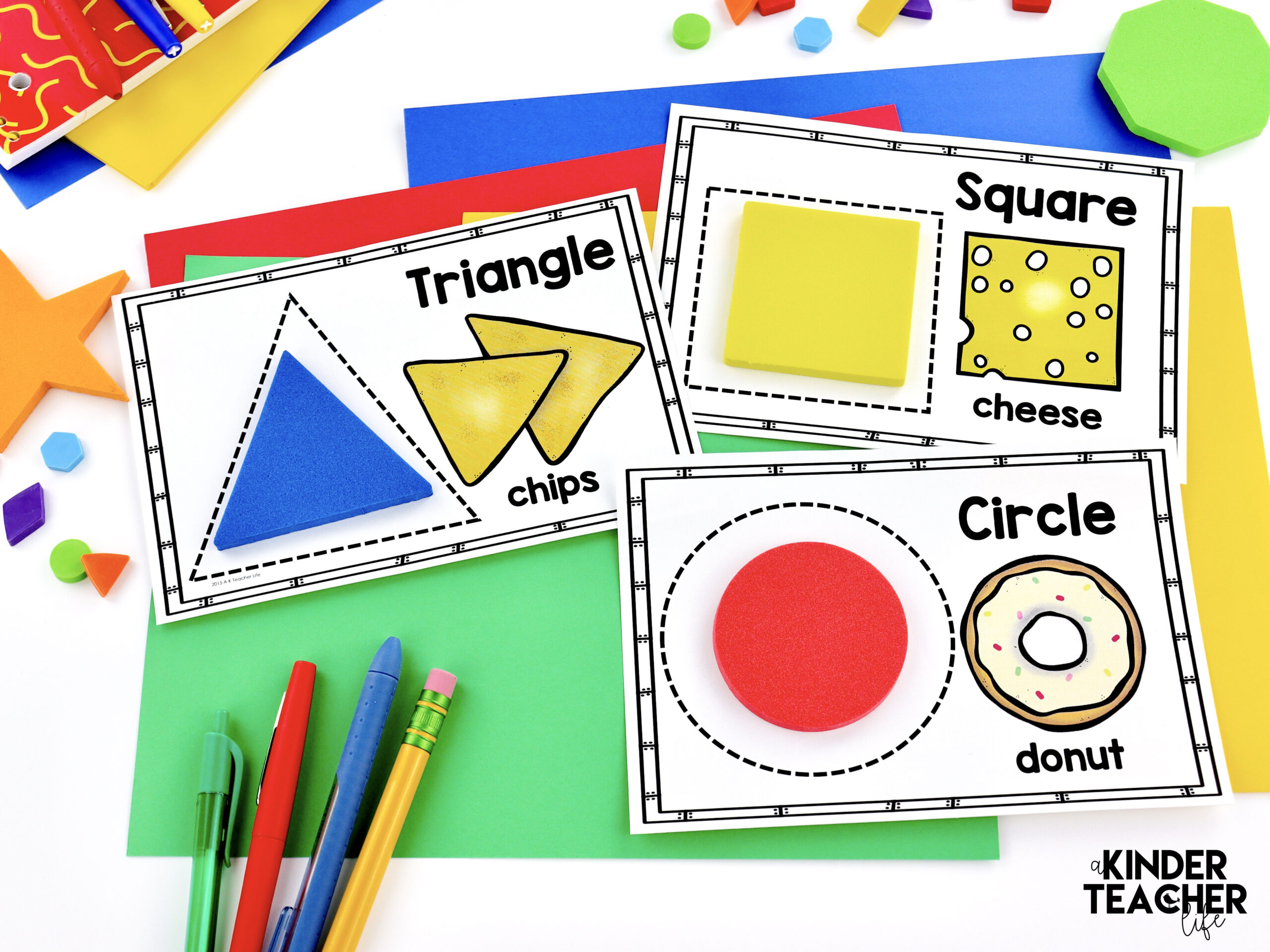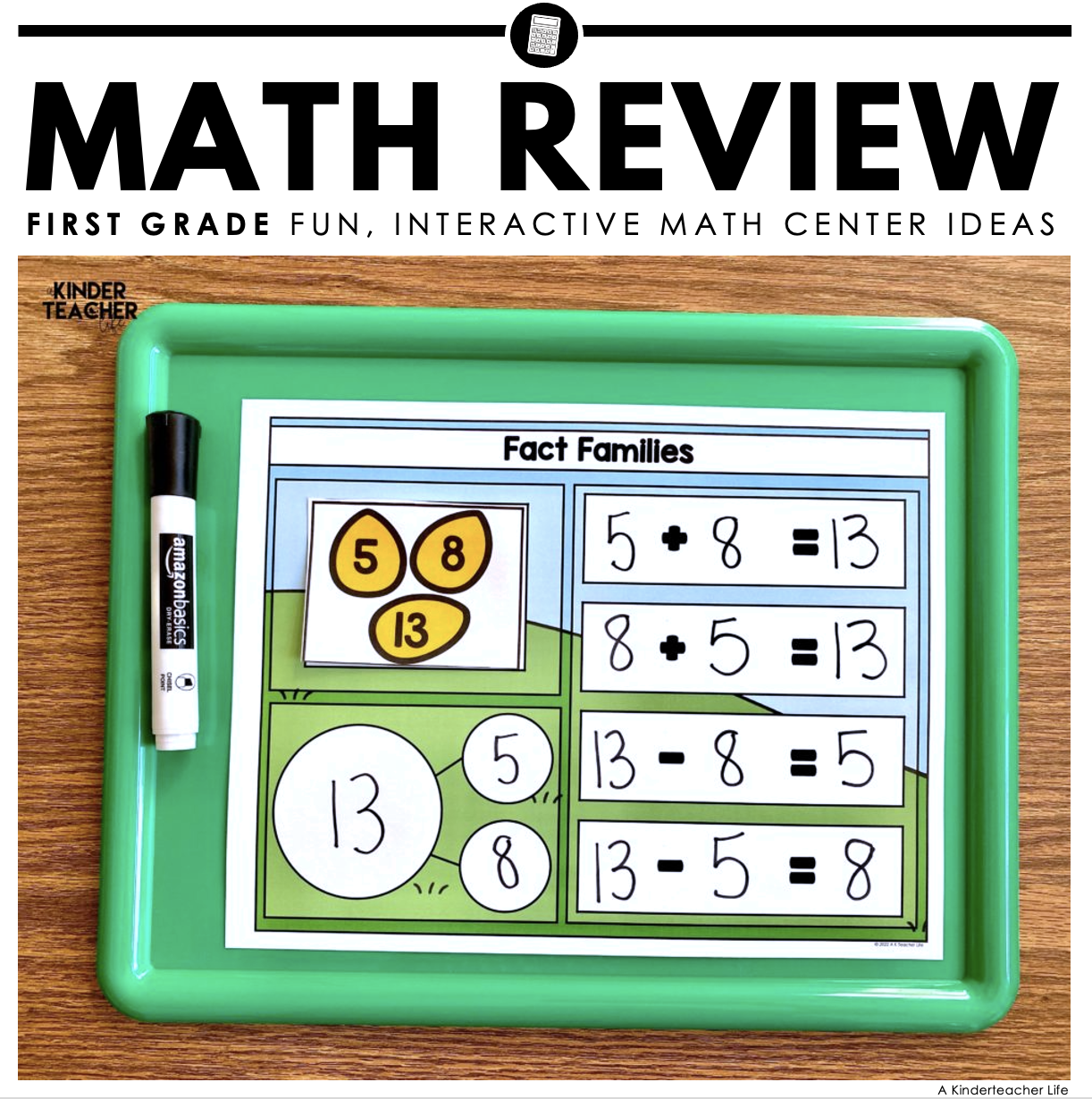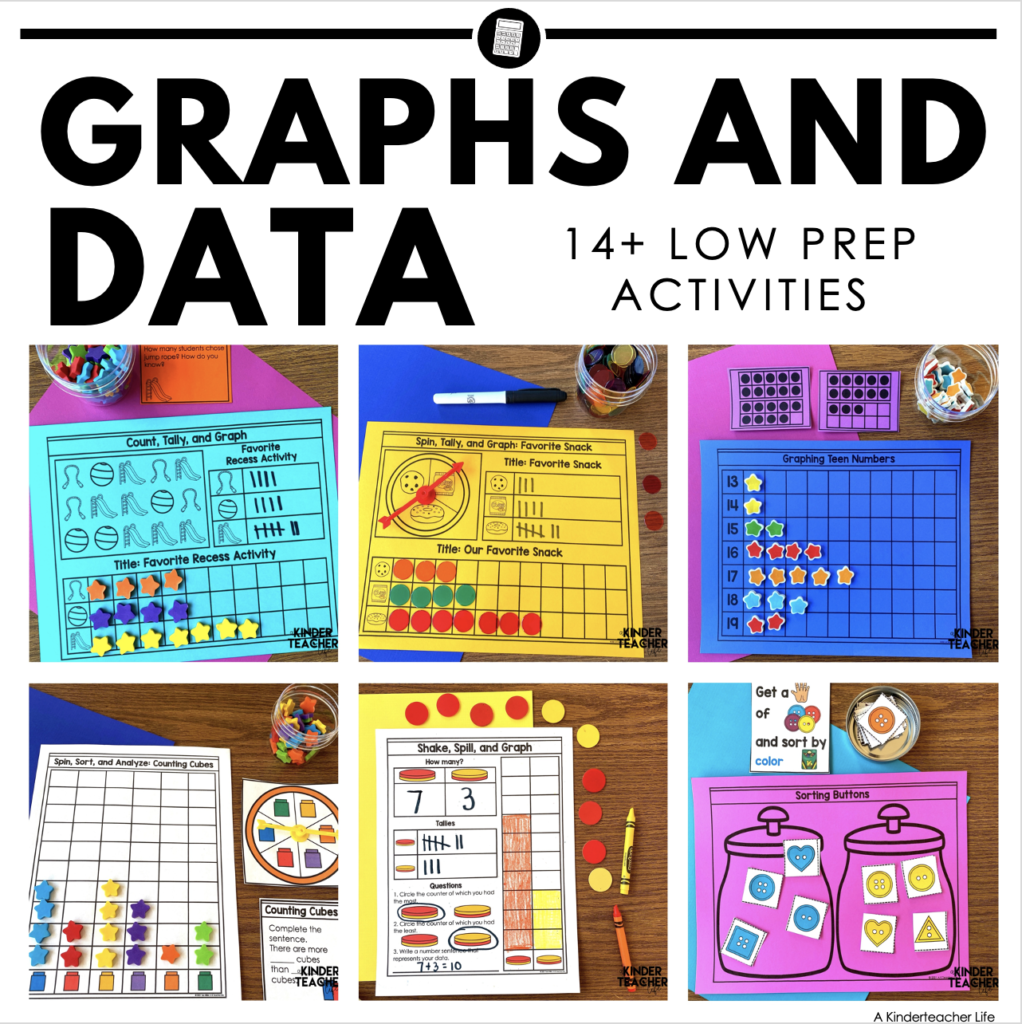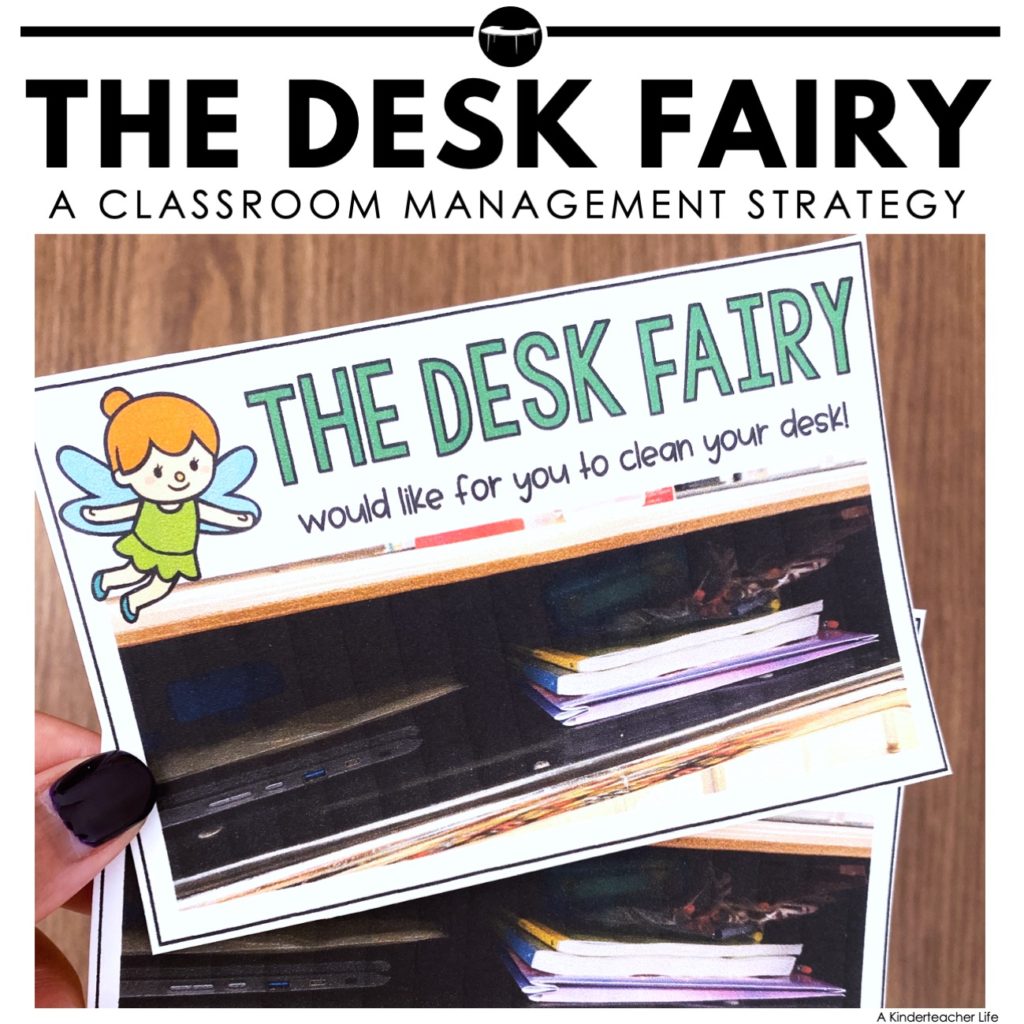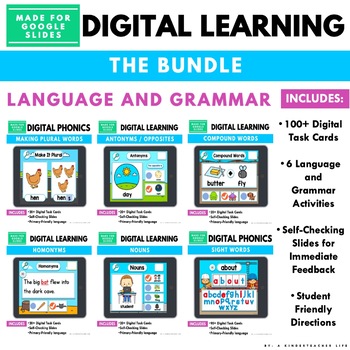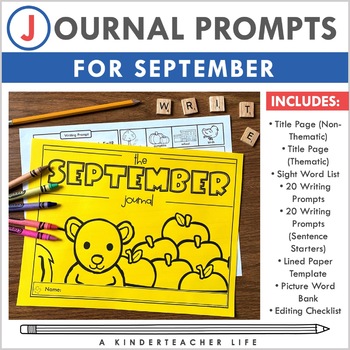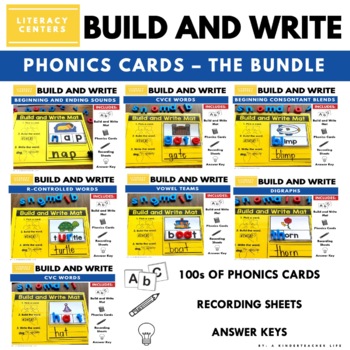How To Teach Number Sense
Here are some tips and tricks for teaching number sense to kindergarten and first-grade students. Here are some effective strategies to help develop number sense in young learners:
Manipulatives and Hands-On Activities
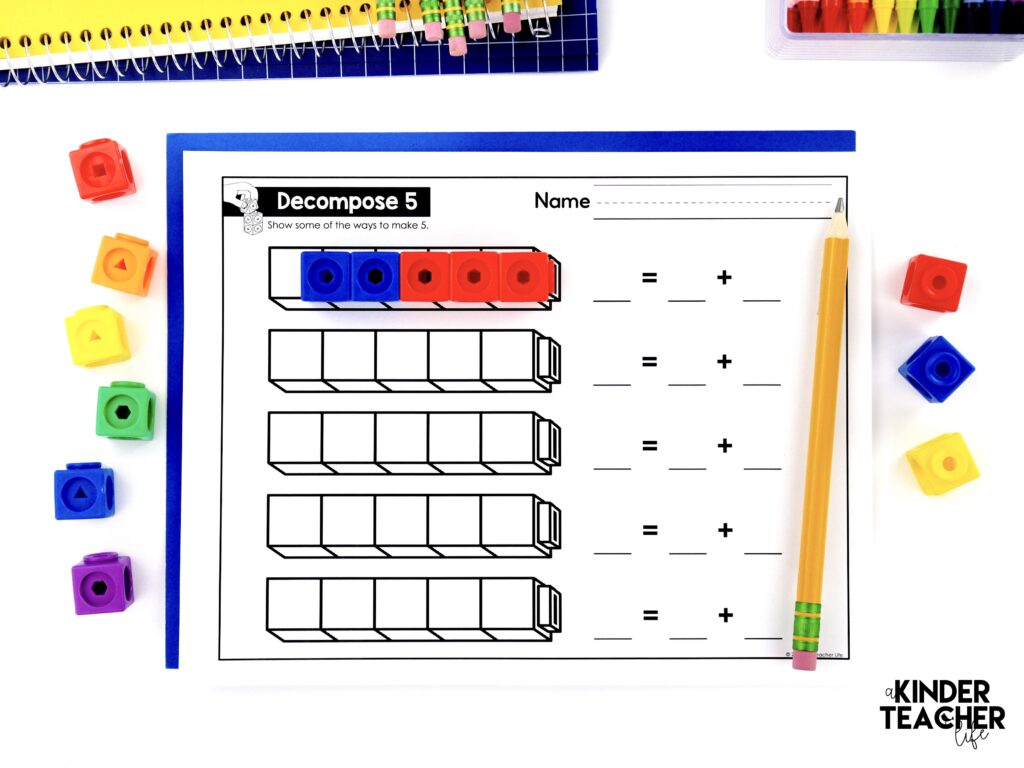
I’m a huge fan of hands-on activities to help teach mathematical concepts! My students engage in math talk.
Some manipulatives you could use are counting blocks, cubes, or counters. Here’s a list of my favorite math tools. These physical objects allow students to see and feel the quantities and help them develop a concrete understanding of numbers and their relationships.
Math talk!
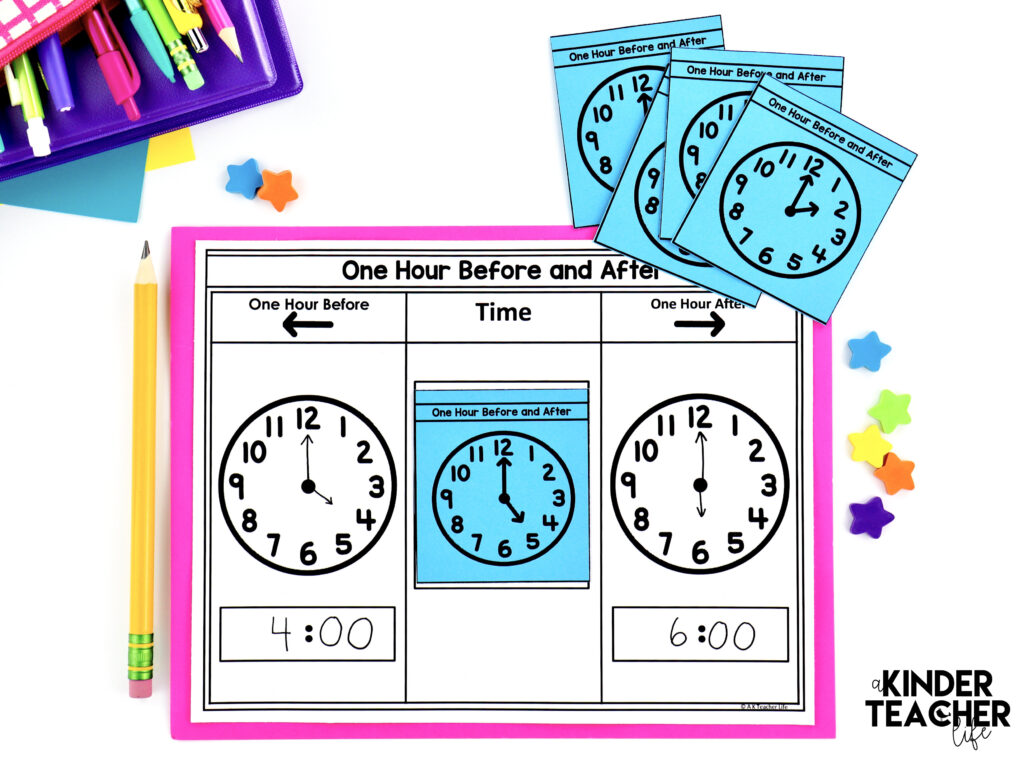
Embed regular math talk in the classroom. I found this is best done by having students engage in partner activities, where they play a fun learning activity and talk about math, too! I have a TON of partner activity math centers specifically designed to get students talking about math while having fun.
What does this look like?
Students share their problem-solving strategies.
They explain their thinking and justify their answers.
Math talk fosters a deeper understanding of numbers and helps students learn from their peers’ perspectives.
Daily Number Routines
With the Eureka Math curriculum, we have daily fluency activities to prepare students for the math lesson for the day. Daily routines could include counting the days of school, reciting number sequences, practicing skip counting, or identifying patterns in numbers. These routines provide consistent exposure to numbers and reinforce understanding of number patterns and relationships.
Use Math tools!
Use visual aids, such as ten frames, number lines, and pictorial representations, to help students visualize and internalize numbers. Visual aides can help students keep track of their counting, show their mathematical thinking, or encourage them to check their work using a different strategy.
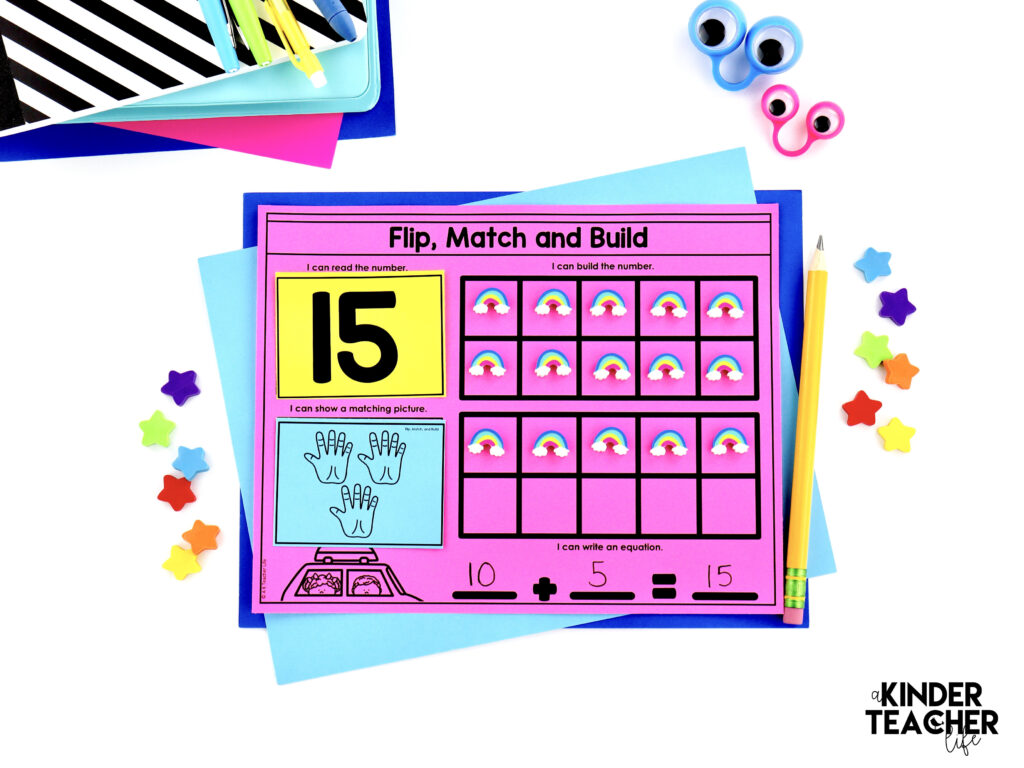
Math Word Problems, Anyone?
Relate number concepts to real-life situations and everyday experiences using math word problems. I love using math word problems for this very reason. I use my students’ names and stories related to their lives. Math word problems allow them to experience how math is used daily.
Scaffolded Instruction:
- Provide scaffolded instruction by breaking down complex concepts into smaller, manageable steps. You can model how to teach a concept first, then do it with them, and when they are ready, you can have them do it independently. Do this gradually.
- Start with simple tasks and gradually increase the difficulty level as students develop their number sense.
- Differentiate instruction based on individual students’ needs to ensure optimal learning. This can extend or limit the number range or the type of support you offer.
- Use Technology: Incorporate educational websites or math-related digital tools that focus on developing number sense. These resources provide interactive experiences and allow for independent practice and exploration. My favorite website is Zearn. Click here to learn why Zearn is a great resource to help you differentiate your instruction!
Stay Positive
Celebrate students’ efforts and achievements in developing their number sense. Provide positive reinforcement, praise their progress, and create a supportive classroom environment that fosters a growth mindset. Encouragement and positive feedback motivate students to continue their mathematical journey with confidence.
Math can be challenging, so celebrating your students’ successes makes all the difference!
It takes time!
Remember that developing number sense takes time and practice. By implementing these strategies consistently and providing a supportive learning environment, you can help them develop a strong number sense.
Number Sense Activities
✏️ Here are some math centers for kindergarten that will help you implement effective math lessons for all your students.
✏️ Check out my first-grade math center resources, too!
How do you teach number sense in the classroom? Let me know in the comments section below.
Happy teaching,
Tee

